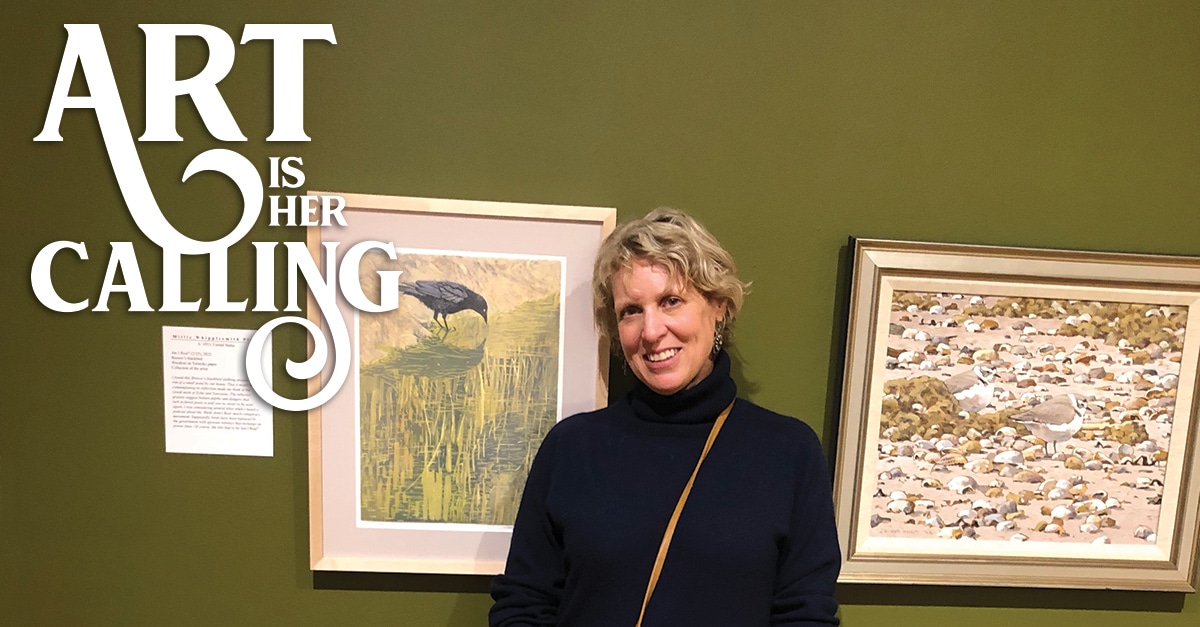Art is Her Calling
Millie Whipplesmith Plank…
“I never wanted to be an artist. My family always said, ‘You know you don’t want to be a starving artist,’ and they were right. But I kept getting pulled into it,” recalls Millie Whipplesmith Plank, a retired high school teacher and working artist who has been nationally recognized for her wood cut prints. Turns out, art was always her calling. “I liked making things. I knitted. I did embroidery, Pisanki eggs, stained glass, even macramé. I would draw and paint in a variety of mediums. I did take colored pencil pretty far for a while.”
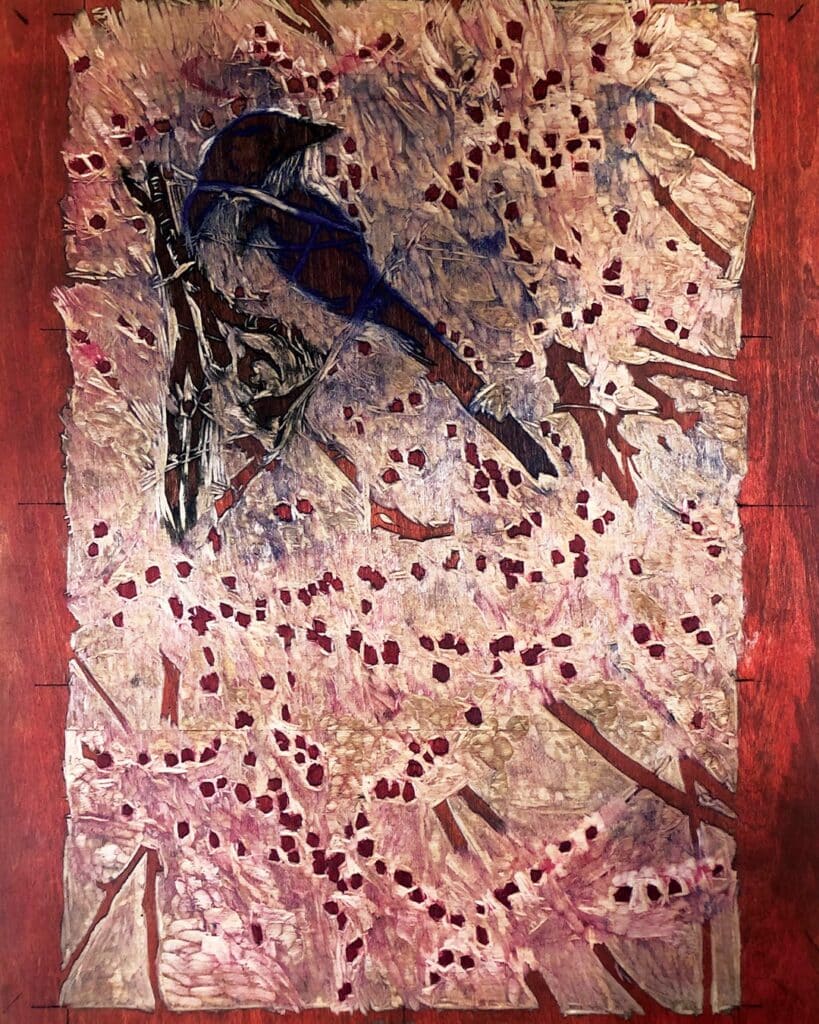
But it wasn’t until her kids were older and the sudden death of her husband that Whipplesmith Plank finally allowed herself to explore art more formally. “When my husband Carl passed away, I thought, you know, I have this time in my life where I just kind of need to regroup and see where it goes. So, I took a year off from teaching and went back for a master’s in art education. They told me I needed to take more art classes. So, I said, oh, darn.”
Whipplesmith Plank threw herself into the process. “I took photography. I took sculpture. And I got to take printmaking. I had a fabulous professor, Tracy Templeton, and I was just like, now this is so cool.”

As one of the oldest forms of printmaking dating back to 5th century China, a woodcut is a relief process in which a design is carved into the surface of a wooden block. The unwanted parts are cut away and the raised areas that remain are inked and stamped, with multiple plates created for each color. Not only can the process be tedious, but it requires significant pre-planning. “Before I start carving, I do lots of quick abstract thumbnail sketches focusing on breaking up the space in an interesting way,” she says. “Once I start carving, I am committed. The rest is testing mixed colors, applying ink, and then trying to maneuver through the various problems that occur during the journey to create a print edition. The process takes several months.”
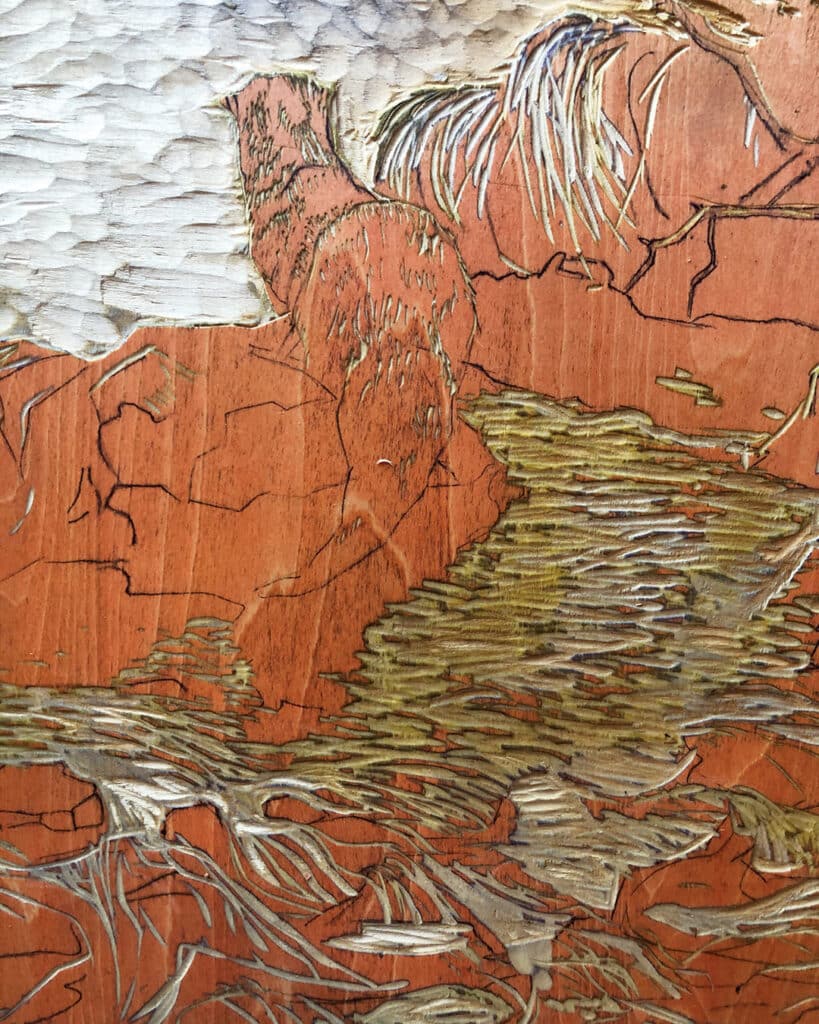
The visual result is a kind of impressionistic, ethereal image that many find hard to believe actually comes from wood. For Whipplesmith Plank, the devil is in the details – as is her mental salvation. “Life gets so complicated. Some people go to a spa. Art is my oasis. Going to the blank page, I’m like, OK, this is where I’m going to find solace. The world goes away during those times.”
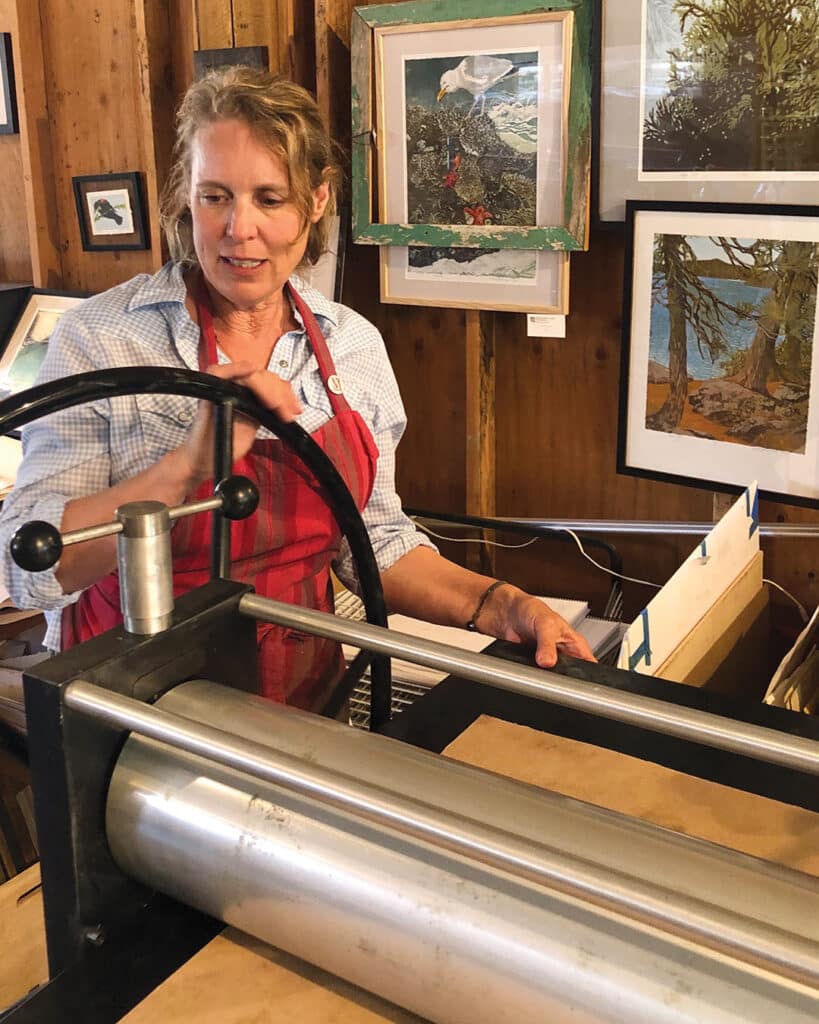
Whipplesmith Plank seeks to settle her own spirit in the creation of her art, so it seems only fitting that her works tend to explore the interconnectedness of the natural world. She uses observation as her primary tool to explore subjects, from birds to water to rocks, and finds inspiration in sometimes the smallest moments, like the “turn of a head” or the “lift of a wing.” “I was super fortunate to grow up in a very rural area and realized early on that nature is all-encompassing. We’re all vulnerable to it. And so, I am drawn to things that come out of the earth. Air, water, soil, rocks, animals, humans. We’re all in this together so we need to be sensitive to others’ realities and perceptions. There’s an awareness in a rock if we can just be moved to look at something a little bit differently.”
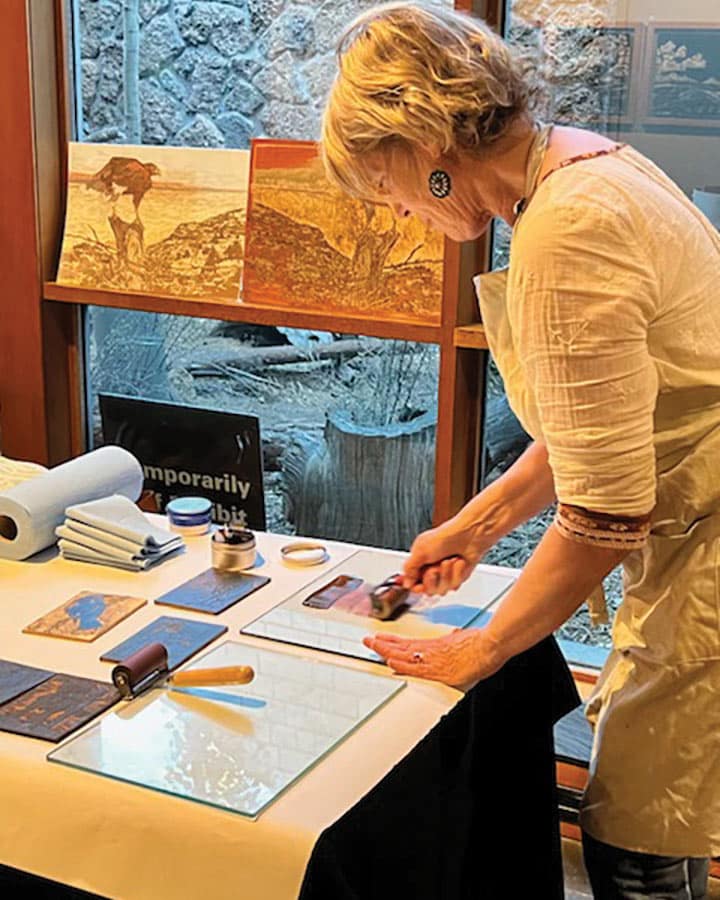
For Whipplesmith Plank, becoming an artist later in life has come with some advantages. “As an artist, you’re putting a part of yourself down and it’s very hard to have people look with judgment. For a child or young person doing art, they can be totally scarred by people’s reactions. One of the great things about growing older is that your skin gets a lot thicker, not just literally, but figuratively,” she says with a laugh. “But truly, you can still get devastated by criticism, but you’re much more resilient. And that’s the one of the things going through life, with the death of loved ones or any of those types of things. You’ve made it through. And once it happens once, you know you’re probably going to make it through again.”
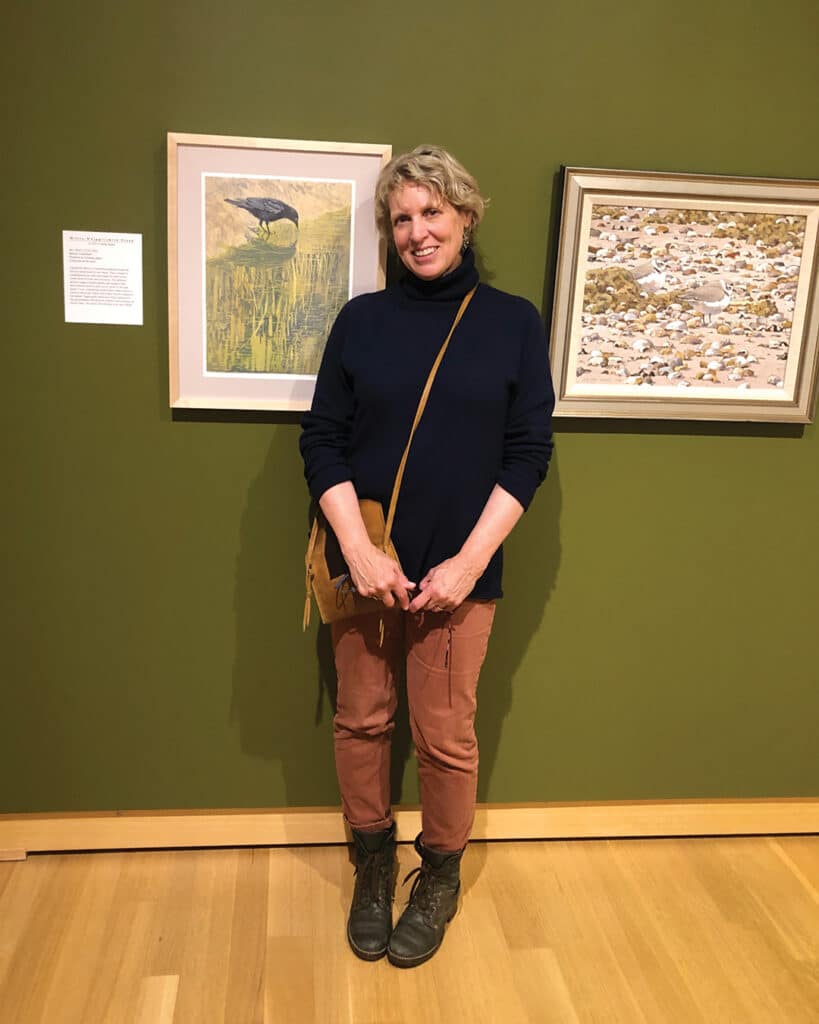
Since her first major achievement in 2012 with admission to the California Printmaker Association, Whipplesmith Plank has spent the last decade making a national name for herself, including prestigious artist-in-residency programs at Glacier National Park and Lassen Volcanic National Park. In addition to numerous shows, she has works on display in multiple Oregon and Washington galleries, as well as the Chico Paper Company in Northern California. This year, she’s even received a personal commission for 36 prints. Yet Whipplesmith Plank remains humble. “Touching someone enough that they would want to possess any piece of art is the greatest compliment of all.” •
www.whipplesmithplank.com • Find her on Instagram

